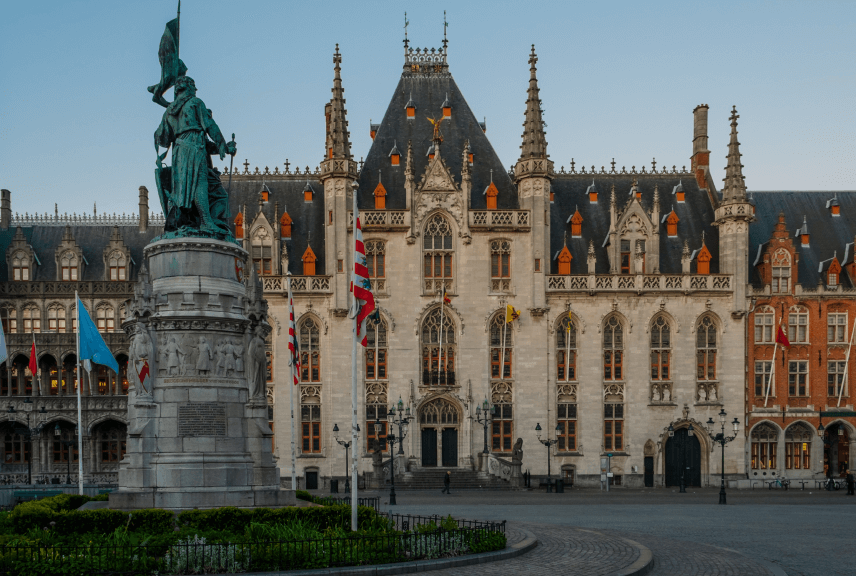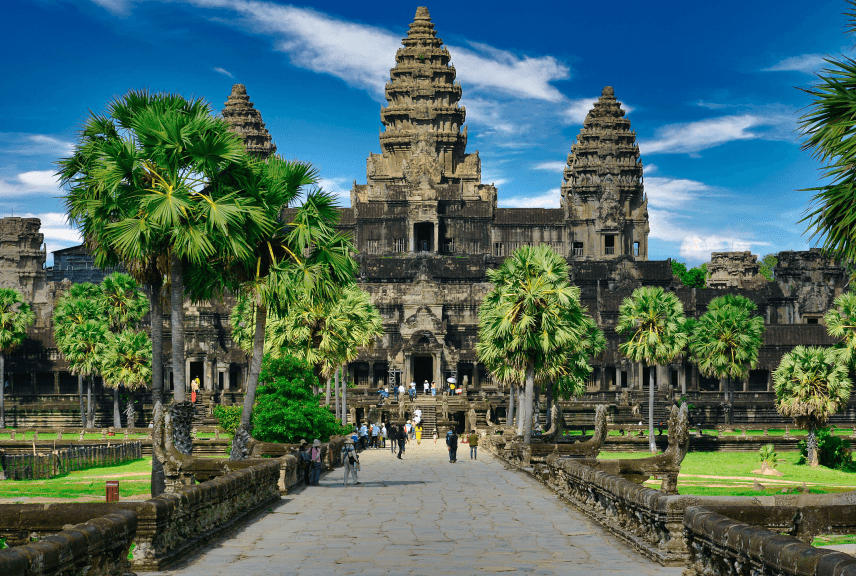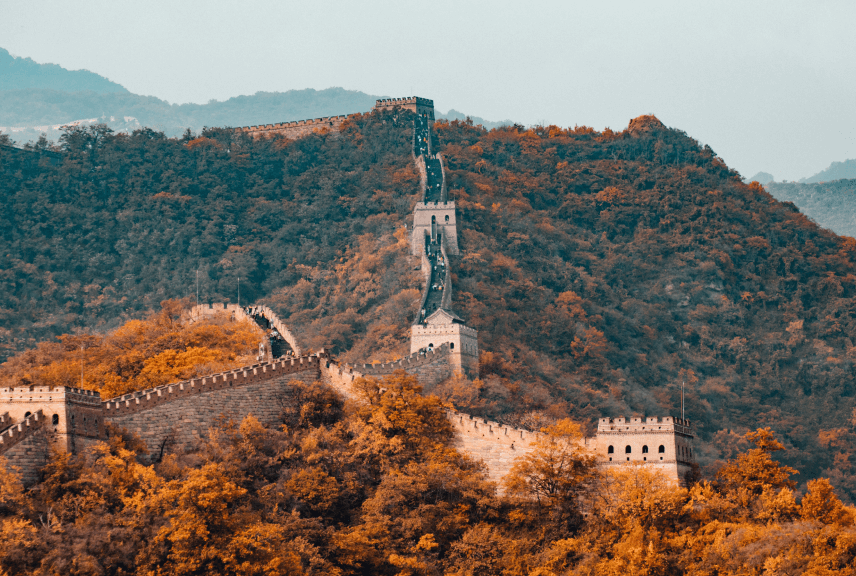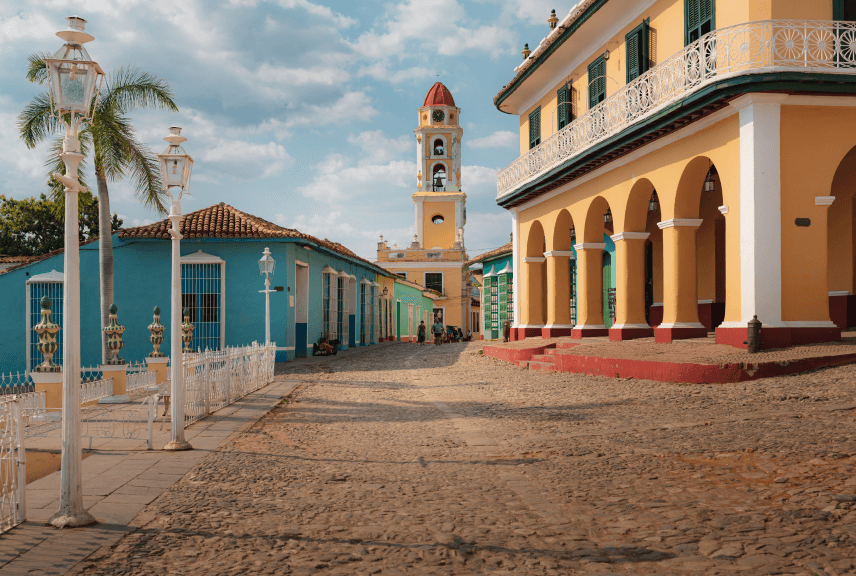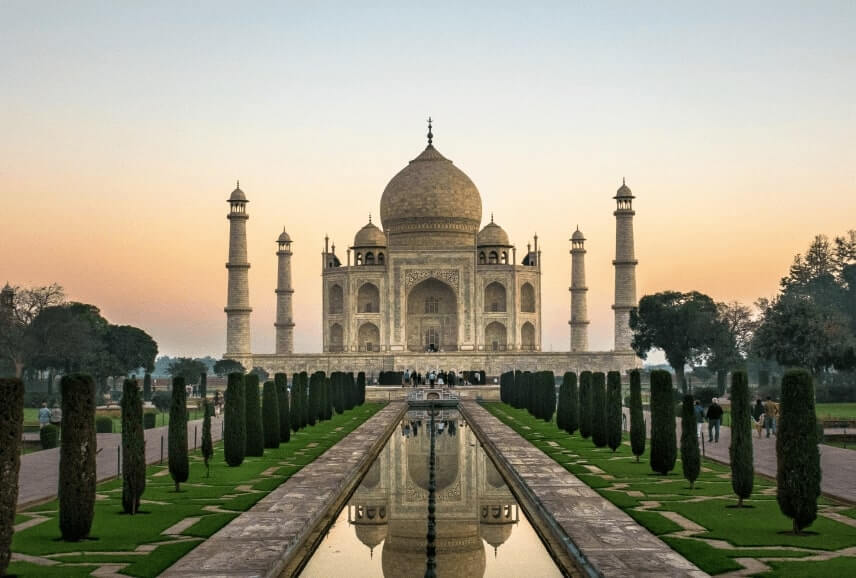Sanskriti Museum of Indian Terracotta & Sanskriti Museum of Everyday Art
About couples of miles from Qutab Minar complex in Qutab-Mehrauli area opposite Ayanagar lies the two beautiful museums of Sanskriti Kendra- Sanskriti Museum of Indian Terracotta & Sanskriti Museum of Everyday Art. Both the museums are integral part of Sanskriti Kendra’s continuous efforts for the ‘preservation and presentation of indigenous heritage, craftsmanship, aesthetic functionality and cultural practices’.
Set away from the hustle and bustle of the city amidst green landscaped gardens of Sanskriti Kendra, this museum is a wonderful place in the region to view the traditional terracotta art. The terracotta is an important functional art in India and is said to be the first creative expression of any civilization. In Indian sub-continent, in almost every civilization, terracotta art occupied an important place and has been used throughout history to give vent to creative expressions for sculpture, pottery and useful things like roof shingles. Religious sentiments were too expressed through this form of art in much ancient as well as modern civilizations resulting in attractive figurines and pieces of arts.
The museum has over 1500 exquisite exhibits made up of terracotta on display. Made by expert craft persons and artisans from all over the country in the museum, it has a fine collection of polished clay pots, decorative tiles, mythological figures, relief panels, and animals. A special gallery has also been set up to throw light on the history of the ancient tradition of terracotta art. In its effort to revive and glorify this form of art, the museum invites famous terracotta artists from all over the country to present their art and holds creative workshops.
With an innovative concept to highlight simple Indian household objects of everyday life that reflects fine craftsmanship and creativity and centuries of collective wisdom, Sanskriti Museum of Everyday Art was established in 1984. It is an intriguing museum having a collection of around 2000 objects categorized into life cycle of a human being.
Dating back to a couple of century, these souvenirs and objects are related to the everyday life, traditions and customs of rural as well as modern India. Made by master craftsmen with aesthetic creativity from all over the country, the collection of the museum includes vessels, religious objects, tribal idols, jars, weights and measures, kitchen accessories, boxes, combs, mirrors, brass markers, locks and latches, toys and women’s toiletries. Among the simple yet attractive objects do look for a tiny animal-shaped sculpture packed with numerous things used by ladies for personal adornment.
Though a small museum yet it very convincingly conveys that every facet of Indian life is full of creativity, culture and art.
Sanskriti Museum also has a textile museum with a good collection of Indian textiles from 19th century that includes works of art like kalamkari, brocades, gota work, patola, bandhani and many more. The museum aims to promote as well as preserve the rich and glorious textile tradition of India.
